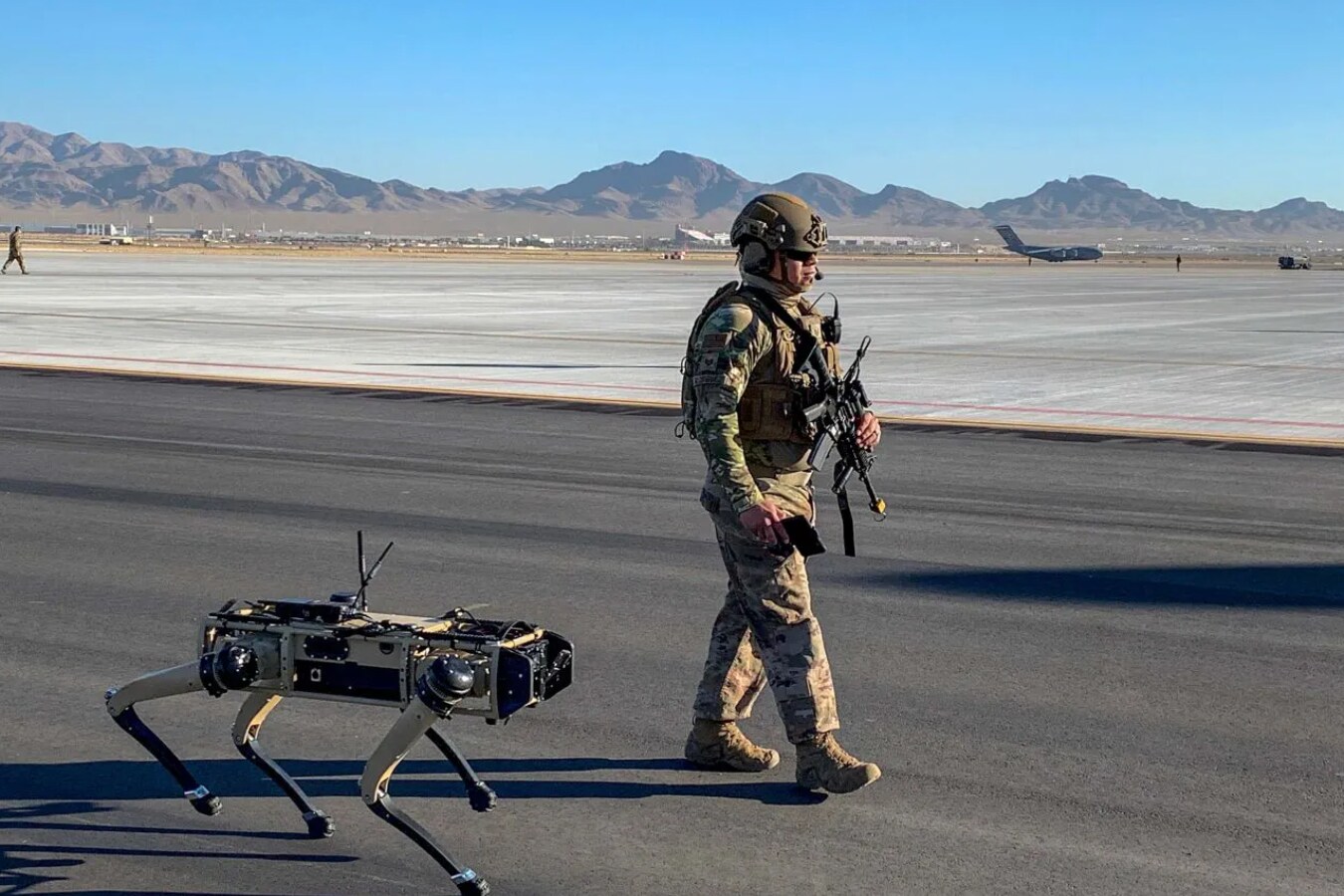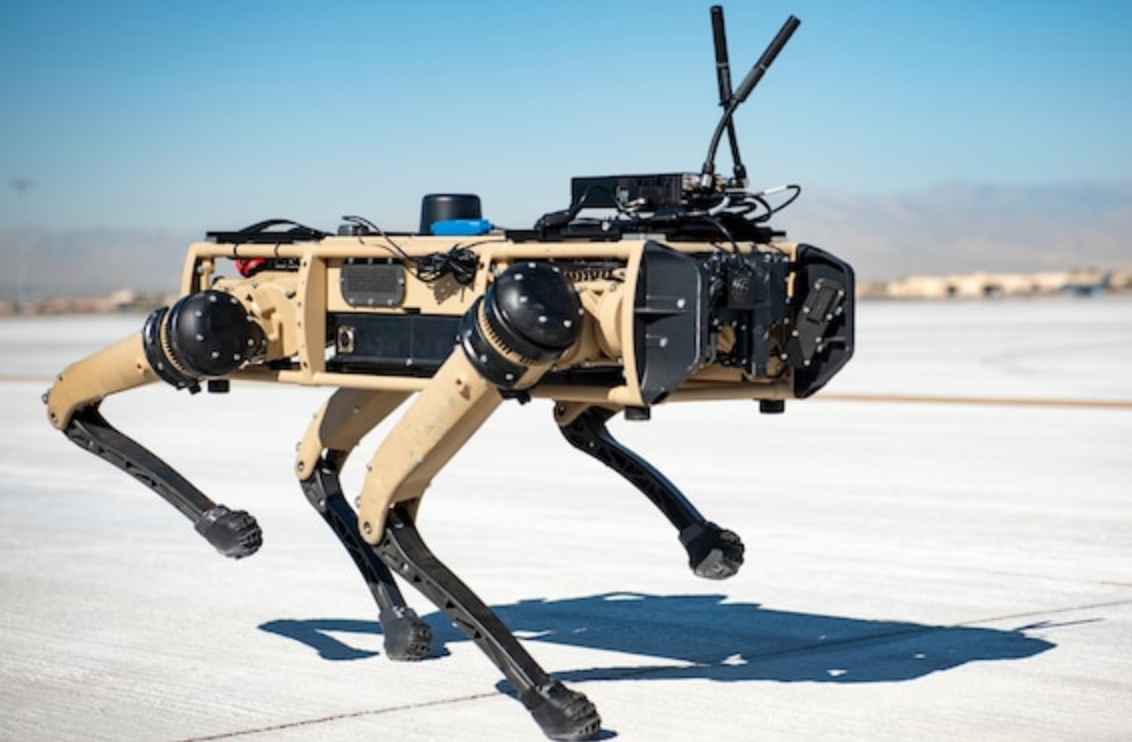The US Wants to Use Robot Dogs To Guard Its Borders
The United States is looking at a new type of soldier to guard its borders– robot dogs. The Department of Homeland Security (DHS) announced that the U.S. Customs and Border Protection (CBP) is testing robot dogs to keep an eye on its southern border. The guard robot dogs are usually meant for border surveillance only and we are still at least a few years away from seeing robot dogs shooting guns.
According to a statement by the DHS, “the goal of the program is to leverage technology to force-multiply the CBP presence, as well as reduce human exposure to life-threatening hazards,”
The DHS, however, did not share any timeline for these trials and when these robot dogs will actually be deployed officially. “The southern border can be an inhospitable place for man and beast, and that is exactly why a machine may excel there. This S&T-led initiative focuses on Automated Ground Surveillance Vehicles, or what we call ‘AGSVs.’ Essentially, the AGSV program is all about…robot dogs,” said S&T program manager, Brenda Long.
The CBP has partnered with Ghost Robotics, the company develops advanced Automated Ground Surveillance Vehicles systems.
According to Gavin Kenneally, the chief product officer at Ghost Robotics, the robot dog weighs 100-pound and it was “bred” for exactly the “type of work that CBP needs done”. For those unaware, Ghost Robotics competes with Boston Dynamics which is known for its Spot robot dog.
“It is a rugged, quadruped robot. It traverses all types of natural terrain including sand, rocks, and hills, as well as human-built environments, like stairs. That’s why you want legs, and not tracks,” said Kenneally.
The robot dogs were tested by walking up hills, down ravines, and over rocks while carrying 20-pounds payload.
The Vision 60 is the most popular model from Ghost Robotics and is said to measure 2.5 feet in height and weigh 32kg. It is claimed that it can travel for around 12km in 3 hours on a single full battery charge.
The DHS said in its statement that Ghost Robotics has designed their payload capabilities as an open system. “The benefit there is that it makes it easier to integrate different types of cameras (360-degree, thermal, night vision, zoom, etc.) and sensors (chemical, biological, radiological, nuclear, etc.) onto the robots,” it said.
Talking about the performance, once mounted, the payload is plugged into the high-performance CPU that runs the AGSV. “During use, the AGSV maintains a connection to the operator via standard frequencies, such as radio, Wi-Fi, GPS, or other means,” it added.
Read all the Latest News, Breaking News and Coronavirus News here.
For all the latest Technology News Click Here



